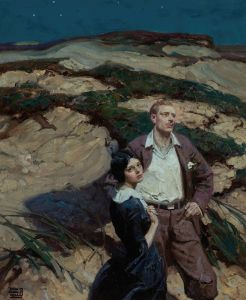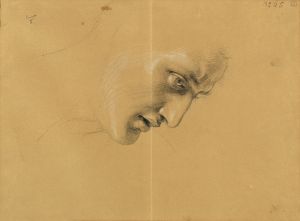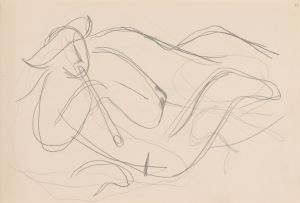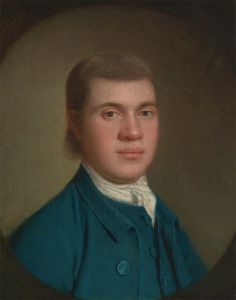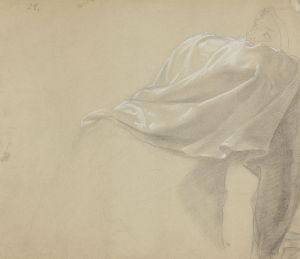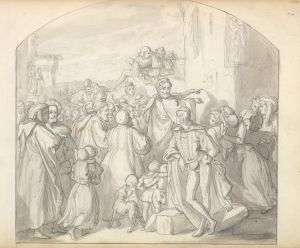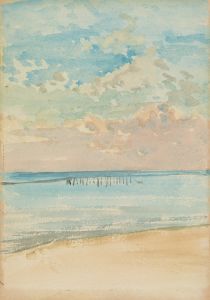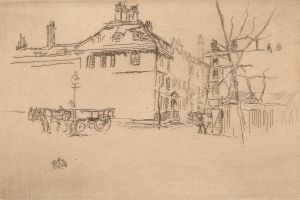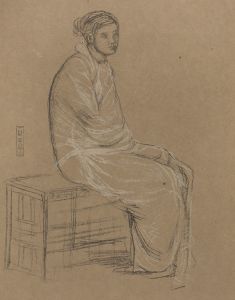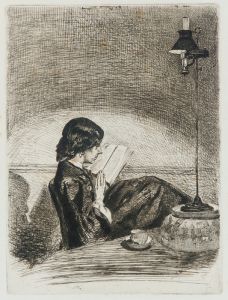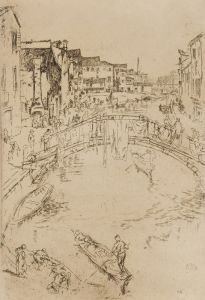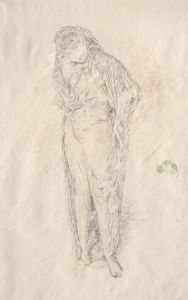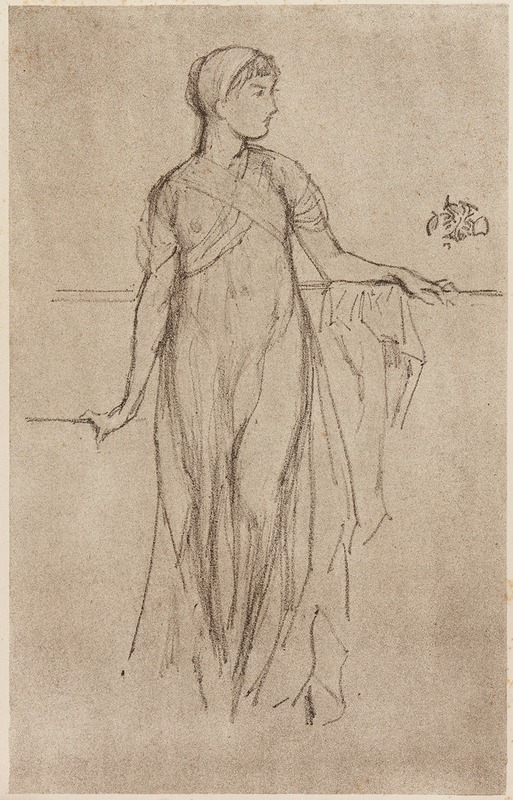
Study
A hand-painted replica of James Abbott McNeill Whistler’s masterpiece Study, meticulously crafted by professional artists to capture the true essence of the original. Each piece is created with museum-quality canvas and rare mineral pigments, carefully painted by experienced artists with delicate brushstrokes and rich, layered colors to perfectly recreate the texture of the original artwork. Unlike machine-printed reproductions, this hand-painted version brings the painting to life, infused with the artist’s emotions and skill in every stroke. Whether for personal collection or home decoration, it instantly elevates the artistic atmosphere of any space.
"Study" by James Abbott McNeill Whistler is a painting created by the American-born artist James Abbott McNeill Whistler (1834–1903), who is widely known for his contributions to the Aesthetic Movement and his emphasis on "art for art's sake." Whistler's works often focus on mood, composition, and tonal harmony, rather than narrative or subject matter.
Unfortunately, there is no widely recognized or documented painting specifically titled "Study" by Whistler in major art historical records or collections. Whistler did create numerous studies, sketches, and preparatory works throughout his career, many of which were not formally titled or were given descriptive names. These works often served as exercises in exploring composition, color, or form, and they reflect his meticulous approach to art-making.
If you are referring to a specific work by Whistler, it is possible that the title "Study" is a generic or informal designation rather than an official title given by the artist himself. Without further details or context, it is difficult to provide accurate information about a specific painting under this name.
For more information about Whistler's oeuvre, notable works include "Arrangement in Grey and Black No. 1" (commonly known as "Whistler's Mother"), "Nocturne in Black and Gold: The Falling Rocket," and his many portraits and etchings. These works exemplify his innovative approach to art and his influence on both American and European art in the late 19th century.
If additional details about the specific artwork in question become available, further research may be possible.





